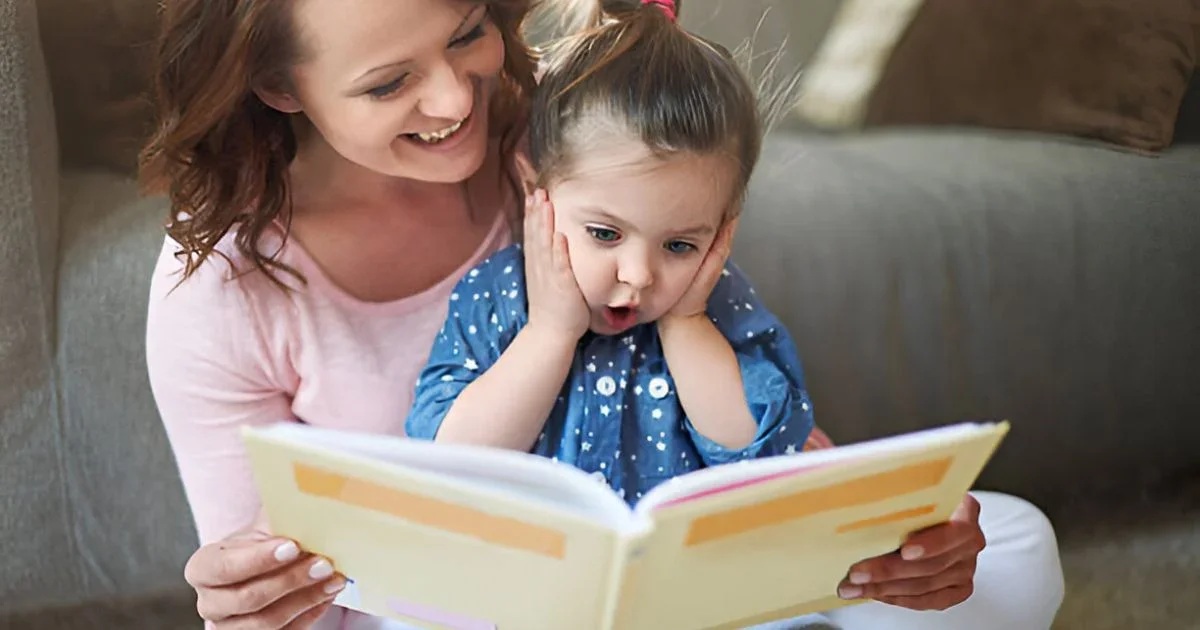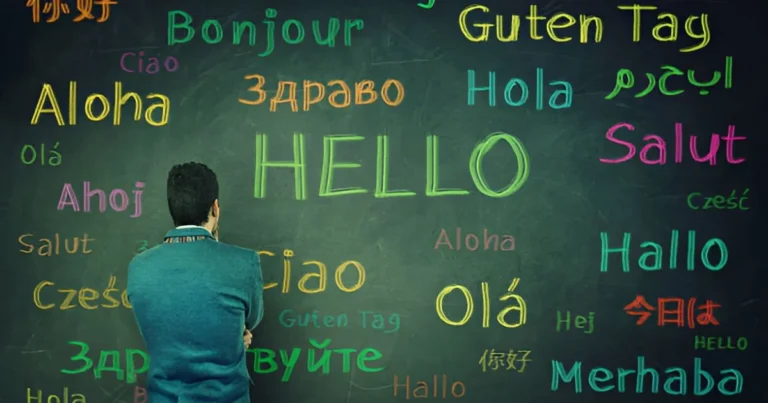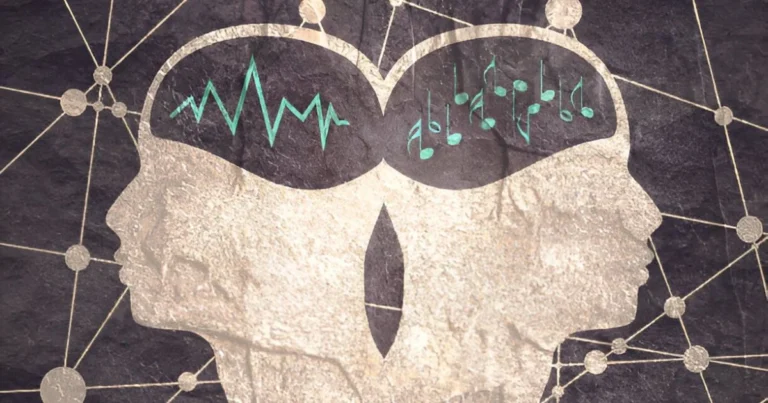One day one story: Building brains through books
From early childhood, the brain is shaped by exposure to language. Long before learning to read, children begin to listen, predict what comes next, and grasp the hidden intentions behind a story. These foundational skills support language development, verbal memory, sustained attention, and emotional regulation. However, the growing fragmentation of attention caused by digital media, constant notifications, short-form content, and visual overstimulation, is weakening these essential abilities from a young age.
In response, the Indonesian initiative “One Day One Story” takes a refreshingly simple approach: some schools are returning to a foundational practice, reading one story every day. Studied in 2024 by researchers at the University of Khartoum, the program is grounded in a basic but powerful principle. It creates a stable, ritualized, and sensorially soothing environment where children can reconnect with spoken language, listening, and the pleasure of storytelling.
Each morning, children aged 4 to 6 freely choose an illustrated book from a curated age-appropriate selection. They settle into a calm, relaxing space and share what they understood or remembered from their reading with their peers. The teacher then reads a story aloud and leads a discussion. This playful setting fosters verbal expression, narrative construction, focused listening, and social interaction. Reading becomes a natural and enjoyable part of the school day, free from pressure or performance.
In just thirty minutes, the activity engages multiple cognitive functions simultaneously: memory, attention, narrative comprehension, spoken language, listening skills, and oral expression. It also promotes key transversal skills such as autonomy, organizational habits through book selection and tidying, cooperation, and shared curiosity. Over time, children become more attentive, expand their vocabulary, ask more questions, and show increasing enthusiasm for books. They also become more involved in organizing the session itself, an indicator of genuine engagement, extending beyond passive listening to active participation and initiative.
🔗 Read also: How novels reshape the social brain
Reading together, growing together
The children’s progress reflects a trend confirmed by numerous studies. Regular shared reading, especially with an adult, delivers both cognitive and emotional benefits. It helps children retain vocabulary, improve phonological awareness, the ability to hear and manipulate sounds, and grasp language structures. These skills are crucial for learning to read. But the impact of reading goes far beyond language acquisition. Listening to stories helps children structure their thinking, follow a narrative thread, understand causal relationships, imagine scenarios, and identify with characters. These experiences enhance symbolic play (pretending, role-playing), support cognitive organization, and spark creativity.
The observable benefits are partially explained by the deep impact reading has on the developing brain. When listening to a story, multiple brain regions activate in concert. The frontal lobes manage attention, focus, planning, and anticipating events, helping the child stay engaged and follow the story’s logic. Temporal regions process sounds and language, decode words, associate them with meaning, and build a coherent understanding of the narrative. This is where the connection between what is heard and what is understood takes form.
When stories are accompanied by images or gestures, children engage multiple senses, hearing, vision, sometimes touch. This multisensory input improves memory encoding, as the brain anchors information through various modalities. The earlier and more frequent the exposure, the more it fosters stable neural circuits that later support independent reading, text comprehension, and oral expression. This is a subtle but powerful preparation for formal learning.
Embedding reading in a pleasant, social, and predictable routine also activates the brain’s dopaminergic system, crucial for motivation and memory consolidation. This activation not only enhances recall but also fuels the desire to repeat the activity. In short, the more pleasure children derive from reading or listening, the more their brains consolidate those learning experiences and the more motivated they are to continue. Pleasure becomes the engine of attention, memory, and language development.
🔗 Explore further: My friend the book: How books transform solitude into strength
Stories that shape social minds
The value of this program extends well beyond language development. Book-related discussions provide children with a rich relational learning environment. Waiting their turn to speak, expressing opinions, listening to others, and cooperating in small groups, these micro-interactions, repeated daily, contribute to building the social fabric of classroom life. They nurture perspective-taking, the ability to understand others’ thoughts and emotions, while promoting emotional regulation and prosocial behavior.
Several studies have shown that children who regularly engage in shared reading develop sharper emotional intelligence and better social adjustment. Books become more than just vessels of knowledge, they become tools of socialization, spaces for empathy, self-expression, and listening. After all, the neural circuits of language, memory, and emotion don’t evolve in isolation. They are sculpted through shared routines, repeated storytelling, and a climate of emotional safety. Repetition, tone of voice, and discussion help weave durable connections between brain regions, reinforcing both cognitive and relational foundations.
🔗 Discover more: Rediscovering the joy of reading
Ultimately, reintegrating storytelling into daily life from an early age is not a nostalgic return to outdated practices. It is a scientifically grounded educational approach. It offers children a fertile ground where imagination, language, emotion, and thought intertwine, and where the foundations of lifelong learning are laid, day after day, through living, stable, and meaningful relationships with knowledge.
References
Utamimah, S., & Hussen, B. T. E. (2024). One Day, One Story: Cultivating a Love of Reading from an Early Age. Early Childhood Development Gazette, 1(1), 42–53.








